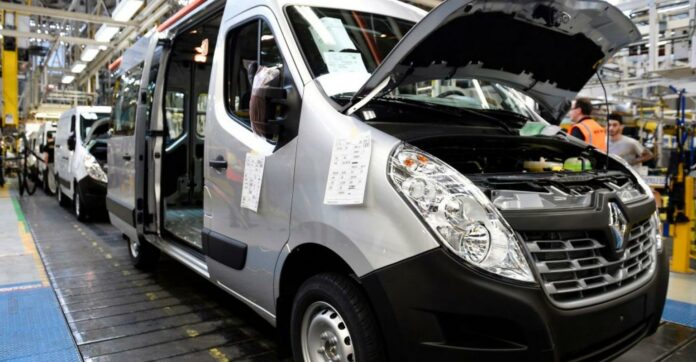The First Industrial Revolution used steam power to fuel the expansion of mechanized production and transport. It laid down the foundations for the consecutive industrial revolutions. In the consecutive revolutions like the second where electricity was the major game changer and the assembly line was introduced. In the third internet and automated machines were integrated.
Now we are going through the fourth industrial revolution, in which IOT, big data, data analytics, and artificial intelligence are being integrated into the industrial process.
Recently Renault has announced to used Google’s cloud services and data analytics platform to make its industrial process more efficient. Due to the pandemic, most of the companies in the manufacturing industry are incurring losses. Renault aim’s to decrease its spending cost by 2 billion dollars. Just how does data analytics and IOT help industries to reduce their cost.
- Using data analytics will help companies to figure out where the revenue loss is happening. Which process requires more funding and which process needs to be stopped. With the help of analytics, real-time data can be used to monitor the rate of production in a day and also to find out the occurrence of defects.
- By connecting the machines to the internet and smart AI system the production rate can be monitored in real-time and decision making can become autonomous rather than being a centralized one. The problem with centralized decision making is that it will consume more time to make a decision. The time between relaying information and relaying the decision can be avoided by having an autonomous decision-making system.
Industrial Revolution 4.0
With the application of Artificial Intelligence and machine learning in Industries, the amount of automation in the different manufacturing processes can be increased thus bringing down the production cost significantly. This can be done by optimizing the efficiency of production by implementing the manufacturing process like the “just-in-time” method more efficiently. This can also help to stop production in case of any failure immediately thus reducing damage and also decrease the occurrence of defective products as the entire process is automated and is monitored by AI hence helping with autonomous and spontaneous decision making than centralized and delayed decision making.

